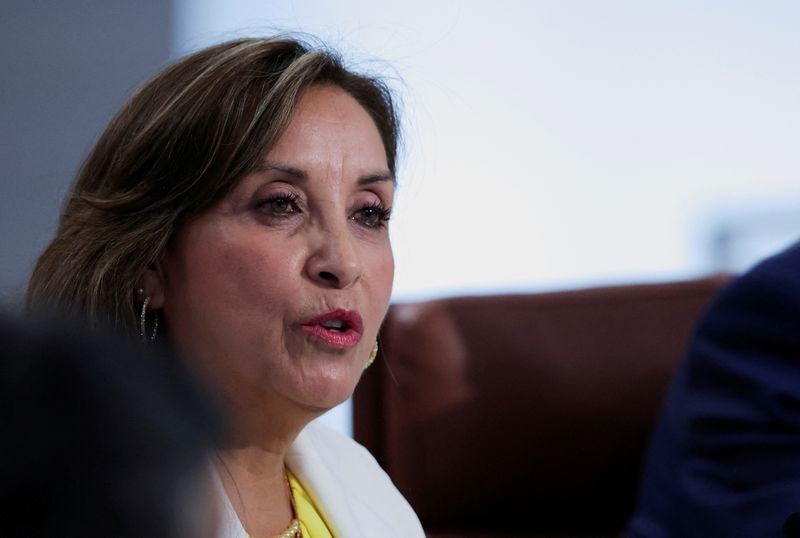Follow us on LinkedIn
The human mind is an intricate landscape of thoughts, perceptions, and judgments. However, this mental terrain is not always as objective as we would like to believe. Cognitive biases, inherent patterns of thinking, can skew our judgment and decision-making processes, leading us to draw conclusions that might not be entirely rational. In this article, we will delve into the fascinating realm of cognitive biases, explore their origins, and provide real-life examples that illuminate their powerful influence on our daily choices.
What is Cognitive Bias?
Cognitive biases are systematic patterns of deviation from norm or rationality in judgment, often stemming from mental shortcuts and unconscious processes. They occur due to the brain’s attempt to simplify information processing, enabling quicker decision-making but also opening the door to errors.
Examples of Cognitive Biases
- Confirmation Bias: People tend to seek out and favor information that confirms their existing beliefs while ignoring or downplaying contradictory evidence. For instance, someone who holds a particular political stance might primarily consume news that aligns with their views.
- Anchoring Bias: This bias occurs when individuals rely heavily on the first piece of information they encounter (the “anchor”) when making decisions. For example, a customer might perceive a product as a good deal if it’s advertised as “50% off,” even if the original price was inflated.
- Availability Heuristic: People tend to overestimate the importance of information that’s readily available to them. In the context of media coverage, individuals might perceive events covered heavily by the news as more common or likely to occur.
- Overconfidence Bias: This bias leads people to overestimate their own abilities, knowledge, and the accuracy of their beliefs. A student might feel overly confident about acing an exam, only to realize later that they underestimated the difficulty.
- Loss Aversion: People tend to strongly prefer avoiding losses over acquiring gains. An investor might hold onto a losing stock hoping it will rebound, even if it’s more rational to sell and minimize losses.
- Hindsight Bias: After an event has occurred, people tend to believe they “knew it all along.” This bias can cloud accurate assessment of past decisions and their outcomes.
Impact on Decision-Making
Cognitive biases, while rooted in mental shortcuts, can significantly impact decision-making. They can lead to suboptimal choices, hinder rational problem-solving, and perpetuate misconceptions. Acknowledging the existence of cognitive biases is the first step toward mitigating their effects and making more informed decisions.
Overcoming Cognitive Biases
- Awareness: Recognizing and acknowledging cognitive biases can help individuals pause and critically assess their thoughts and decisions.
- Critical Thinking: Encouraging critical thinking and seeking diverse perspectives can help counter the influence of confirmation bias.
- Data-Driven Decisions: Relying on data and evidence-based information can mitigate biases influenced by emotional responses.
Conclusion
Cognitive biases are not a flaw in human cognition but a result of how our brains process information efficiently. While they can lead to errors, understanding these biases and their potential impact on our thinking can empower us to make more rational decisions. By fostering self-awareness, critical thinking, and a willingness to challenge our assumptions, we can navigate the labyrinth of cognitive biases and approach decision-making with greater clarity and objectivity.
Further questions
What's your question? Ask it in the discussion forum
Have an answer to the questions below? Post it here or in the forum
My grandmothers had a 24-year age gap. Our relationships were different; I was closer with the older grandma, while the younger one seemed distant.
Since his campaign ended, DeSantis has barred homeless people from sleeping in public and prohibited kids from social media, among other things.


People with bipolar disorder are more sensitive to physical changes in the spring. This can trigger manic episodes.